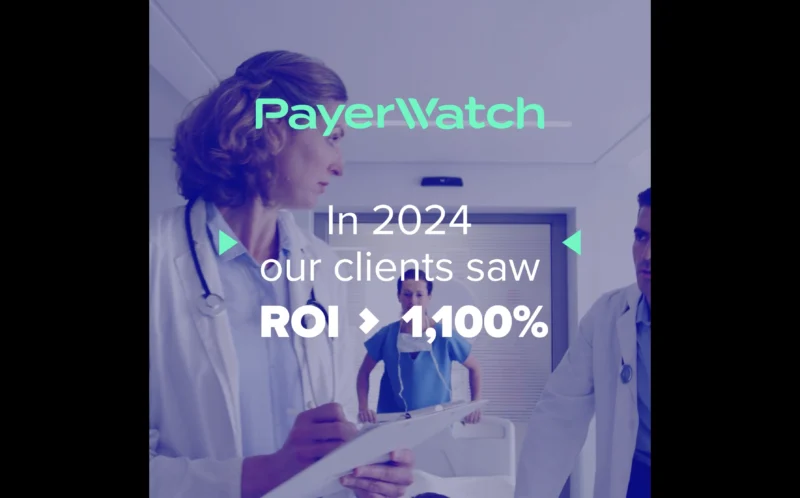Patient Insights – Concerns and Symptom Experience over time
In the realm of cancer care, understanding the patient’s perspective is essential to providing personalized and effective treatment. Carevive, with its commitment to patient-centered care, sheds light on the patient experience through data-driven insights. In this insightful video, Carevive shares valuable findings from a cohort of non-small cell lung cancer patients, providing crucial information for optimizing care and decision-making.
The cohort’s top concerns revolve around the cost of care and making the right treatment decisions, reflecting the complexities of lung cancer treatment options. Additionally, Carevive delves into the patient’s symptom experience, revealing that patients typically experience one to two symptoms per week during the initial three months of therapy.
Zooming in on symptom severity, Carevive showcases how the percentage of patients reporting severe symptoms fluctuates over time. This level of granularity enables care teams to spot trends, intervene promptly, and optimize symptom management.
Carevive’s insights extend beyond patient-reported experiences, presenting a comprehensive view of patients’ evolving conditions and challenges. By integrating data from the PRO-CTCAE measures, Carevive empowers care teams to track symptom severity and patterns over the treatment journey.
As a pioneering platform that prioritizes patient quality of life, Carevive plays a crucial role in transforming cancer care. Armed with valuable patient insights, care teams can make informed decisions, tailor support, and enhance the patient experience. With Carevive, the future of patient-centered oncology care is brighter than ever before.




